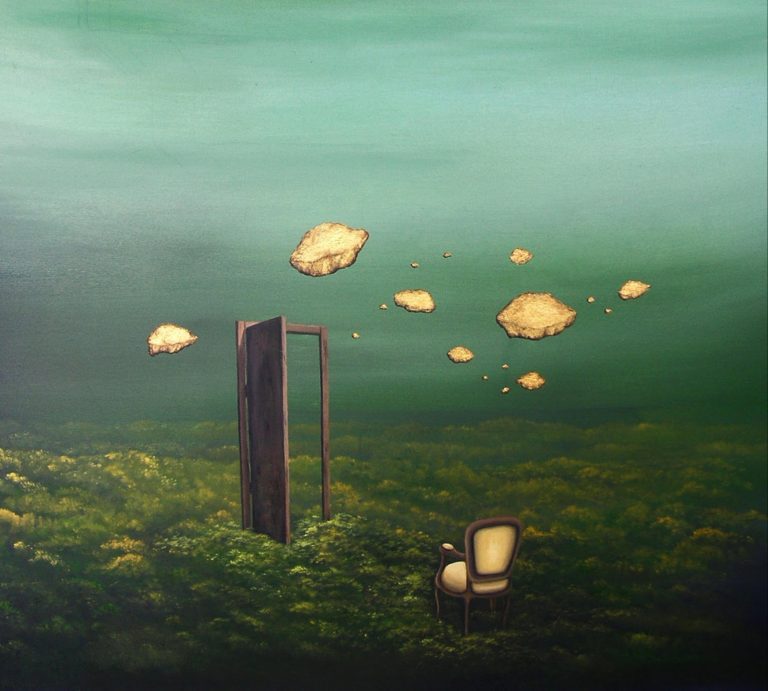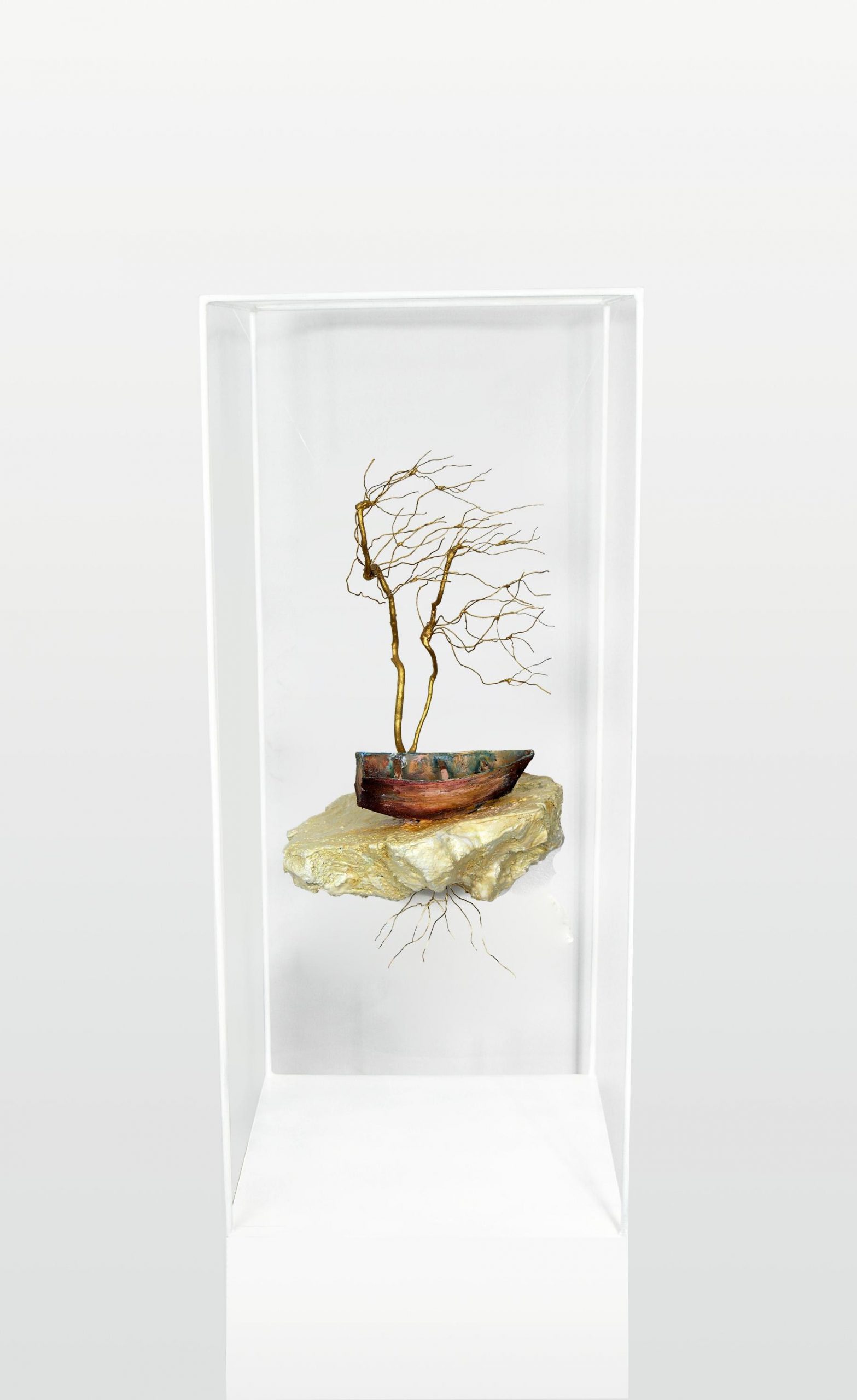 Watch This Artist: Houda Terjuman
Watch This Artist: Houda Terjuman


Mathqaf is pleased to introduce Syrian-Swiss artist, Houda Terjuman. Based in Marrakech, her floating sculptures take us on a journey across continents, from Africa to Southwestern Asia, and from Europe to Africa. Her work explores identity, displacement and stability. The search of a home becomes a stressful and painful process that shows the connectivity and heterogeneity of our de-territorialised world. Houda Terjuman is present in galleries, contemporary art fairs, museums and institutions such as Institut du Monde Arabe in Paris, Musee d’Art Contemporain Mohammed VI in Rabat, in addition to a touring exhibition with Aga Khan Museum in Toronto and Imago Mundi Luciano Benetton Foundation.


Mathqaf: Nice to meet you! Who are you?
Houda: I am a visual artist, I explore identity migration exile and the link between our homeland and host country. It is precisely in this fine space between the ideal that a new life can offer mixed with the regret of loss and nostalgia that I have chosen to situate my practice
Mathqaf: Where and what did you study?
Houda: I have a BA in the American College of Switzerland in Leysin.
Mathqaf: Can you tell us about your practice?
Houda: I use two media to tell stories, painting and sculpture. They depict little familiar objects that weave stories. These small objects act as bearers of hope and bridges making the link between cultures; an empty chair symbolizes what we left behind and keeps us connected to our roots. A lonely boat is a bearer of hope. A floating bridge invites us to build connections and empathy towards the unknown.


Mathqaf: How do you work?
Houda: I usually work on a painting and a sculpture simultaneously, I often have to let dry a painting or a sculpted land and this makes my work interesting. It also gives an opportunity to correct errors and have a new eye on my ongoing work.
Mathqaf: What do you listen to when you work?
Houda: I usually listen to news to keep me informed.
Mathqaf: What themes do you pursue?
Houda: My themes are migration, exile, hybrid migration roots, displacement, and identity.
Mathqaf: What work do you most enjoy doing?
Houda: I enjoy miniature painting and small scale sculpture because they allow me to see the result very fast.


Mathqaf: How has your practice changed over time?
Houda: I started painting for a few years and then passed to sculpture and now I work on both. Nowadays, I emphasize on the poetic and surreal side of my work. I like to tell stories and to interact with the people who slowly started following my work, they tell me about their lives of exile and it inspires me.
Mathqaf: Can you describe a real-life situation that inspired you?
Houda: I get inspired by all the stories of my parents’ grandparents that lived far from their homeland.
Mathqaf: What do you do outside your practice?
Houda: I am a mother so I try to help my children to make their dreams come true, I also read a lot and try to be around nature as much as I can.
Mathqaf: Lastly: why do you do what you do?
Houda: Being an artist has been an evidence since my childhood.


Check out Houda’s website here.
Featured image: Houda Terjuman, Run run to golden lands, 2021, 85×70, oil and acrylic on canvas.


 Watch This Artist: Houda Terjuman
Watch This Artist: Houda Terjuman 

